Indigenous populations are safeguarding a large part of the essential biodiversity on Earth but very often have no land titles. The Global Director of Indigenous Peoples Rights International, Joan Carling from the Philippines, says her peoples should finally be recognized as partners.
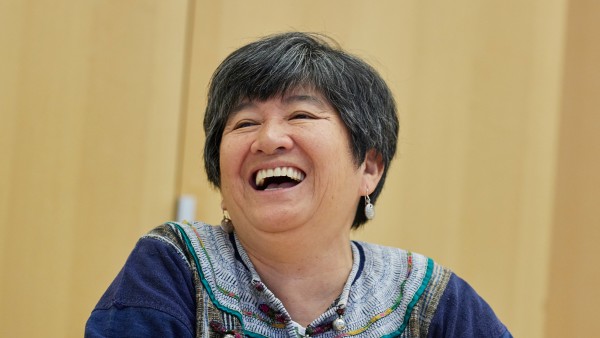
Joan Carling
is an activist, an environmentalist and a voice for the indigenous peoples. She comes from the Mountain Province in the Cordillera Central Mountain Range. Carling has received several awards among them the Champions of the Earth Lifetime Achievement Award from UNDP. She will attend the upcoming summit on biodiversity in Montréal.
Biodiversity is lost at breathtaking speed. Is that new information for you?
JOAN CARLING No, indigenous peoples all over the world have articulated their concerns for many years. But nobody was listening to us. The loss of biodiversity is very serious. And it is an existential matter for our survival and well-being because we live directly with and from nature. I would say, we are a kind of early warners that nobody paid attention to.
How did you notice that something was changing?
All our peoples noticed it everywhere. I come from the Philippines, from the region of the beautiful Rice Terraces of Banaue which are the Eighth Wonder of the World. Some years ago suddenly an unusual type of worms appeared there. It was completely alien and a clear sign that ecosystems were changing. And this is just one example. The Inuit expressed their concerns that the ice was melting at exceptional speed decades ago. Nothing happened.
Why were you not heard?
It was due to this arrogant attitude that our indigenous knowledge does not matter. It was regarded as backwards, not scientific, not accurate, just a set of beliefs - and therefore not to be taken seriously.
Has that changed in the meantime?
It is starting to be acknowledged that indigenous people play a critical role in preserving nature. There is also a part in the new Global Framework for Biodiversity that is being negotiated in Montreal at the summit in December. It says, the rights of indigenous peoples should be recognized in accordance with international human rights standards. But that passage is still in brackets; we have to see if it will pass.
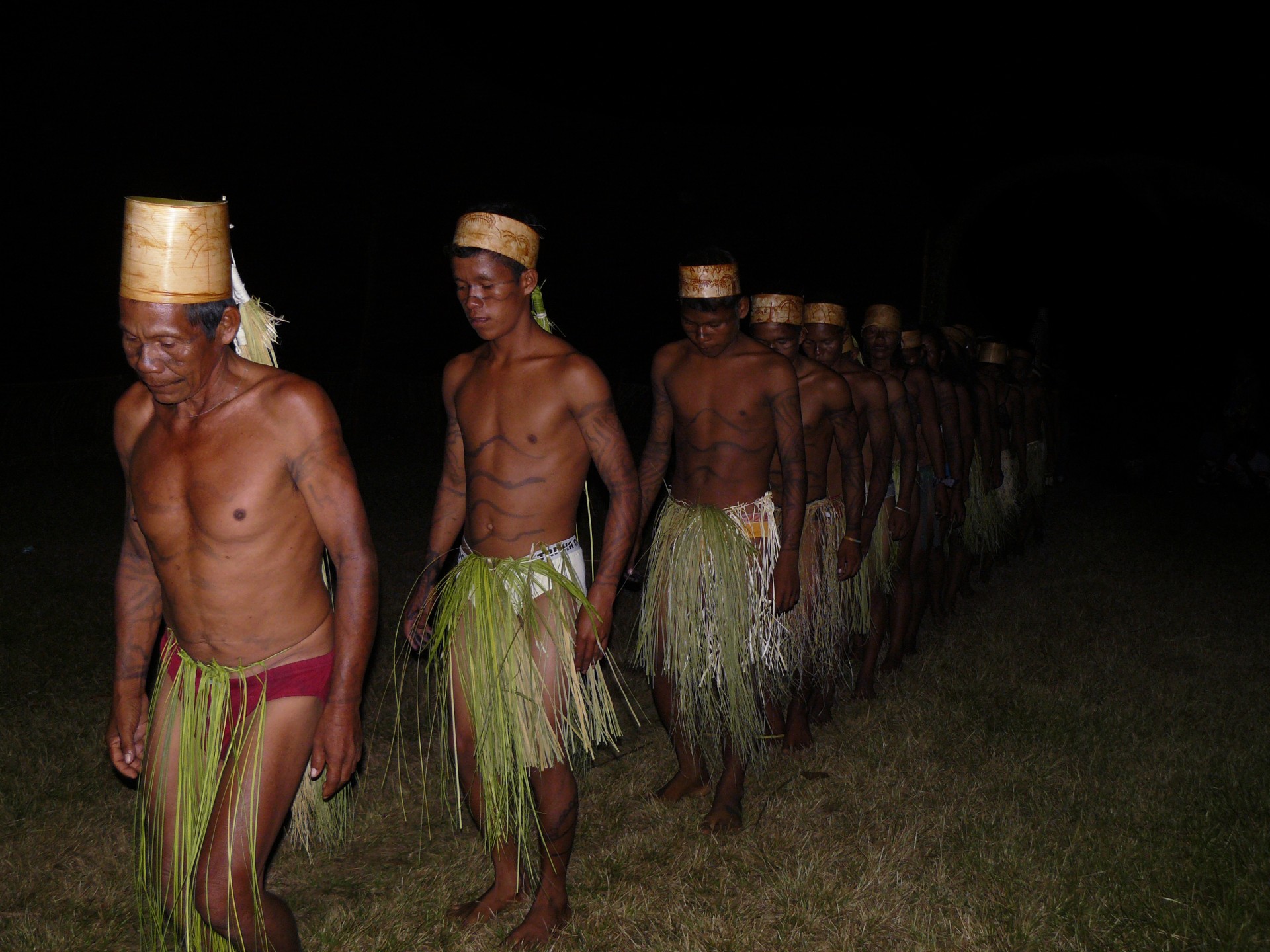
Let´s talk about the significance of indigenous communities for nature. How many are you and how much biodiversity do you preserve?
According to the latest figures by the UN there are more than 460 million indigenous people around the world which equals to about 6 percent of the global population. But our territory is estimated to make up around 20 to 25 percent of the land mass. And this land contains 60 to 80 percent of the world´s biodiversity. What does that tell us? First, that we take good care of nature otherwise it would be degraded like it is in so many places. And secondly, that we are important for protecting nature in the future.
How is this land administered? How do you live there?
We have different management systems, mostly depending on the ecosystem. But as a general rule: the majority of the land belongs to everybody and is sustainably managed collectively. Forests, for instance, we share and we have a customary law that guides us how we use them. It usually is a set of oral rules, e.g. that we cannot cut young trees and not hunt when the animals are pregnant. So there are clear regulations we follow; if somebody is violating this customary laws that person will be punished by the group, usually by the elders. Then we also have reforestation programs because we have to replace what we cut. That is part of our belief. We have a connection to the trees. My grandparents for instance picked a tree early in life that was used for their coffins. Then nobody touched that tree for many years until they died and the coffins were made from exactly these trees.
Many of you have no land titles, right?
Yes, the majority of indigenous peoples have no land titles because many countries don´t recognize us and our rights. Only about 10 percent of us have legal recognition. That means 90 percent are under threat for different reasons, mining, deforestation and other economic activities.
What do you suggest should be done here to change that?
We should be recognized with our rights, cultures and customs. Our role should be acknowledged and not threatened by outside forces as is so often the case right now. That means a new approach to nature is needed. We have to transform the way we look at it and really understand that we have to protect the remaining part of nature. Otherwise we all will get in real trouble. There should be no more tradeoffs. Take gold as an example. 70 percent of gold is used for jewelry; in my view that is nothing essential. So let´s stop mining it. We can recycle what´s there and stop exploiting it. That would be one very concrete example of changing something.
The new Global Framework includes the so-called 30x30 goal by which 30 percent of the world´s surface is supposed to be protected. Do you agree with that goal? And what would it mean for indigenous peoples?
I support the goal. For me it is good that the international community is setting a clear target for protection. But this goal cannot be achieved at expense of indigenous communities. We should not become a victim of this goal meaning that we are driven from our lands. That is fortress conservation - a concept we completely disagree with. We have to be secured and not kicked out. We want to be regarded as partners. So any protection scheme always has to take into account that there might be indigenous people living there that need secured livelihoods. Therefore I think protection is only one part of the solution. What we need is to live sustainably in general to change the economic pattern.
Do you speak for yourself here or for the indigenous community in general?
Some indigenous organizations are very critical of the 30x30 target exactly because they fear their people will be driven out of their land and then don´t know where to go. I support the goal in general because as I said we need to live in harmony with nature. And protected areas help doing so. Yet, as a prerequisite, our rights then have to be respected. So 30x30 to me is an opportunity if we do it right.
Are you optimistic about the upcoming negotiations?
Not really. There is still a lot of negotiation work to do. I hope that the topic of stopping nature loss gets more attention in the world public in general. We have to save biodiversity. But I am not too optimistic about the COP15 - unfortunately. However, I am always open for positive surprises.
Published on KfW Stories on 7 December 2022
The described project contributes to the following United Nationsʼ Sustainable Development Goals
Goal 7: Ensure access to affordable, reliable, sustainable and modern energy
Close to 80 per cent of the energy produced worldwide still comes from fossil fuel sources. Burning fossil fuels also generates costs for the health system due to air pollution and costs for climate-related damages that harm the general public, not just those burning the fuel.

All United Nations member states adopted the 2030 Agenda in 2015. At its heart is a list of 17 goals for sustainable development, known as the Sustainable Development Goals (SDGs). Our world should become a place where people are able to live in peace with each other in ways that are ecologically compatible, socially just, and economically effective.

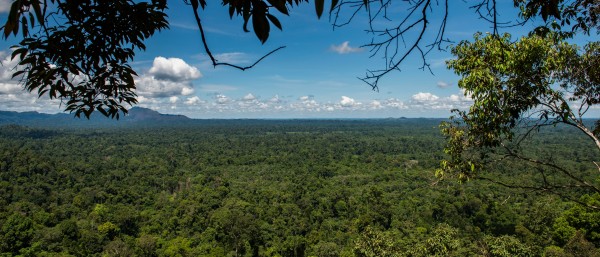
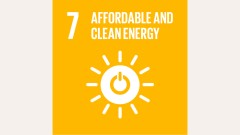
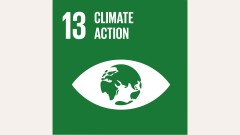
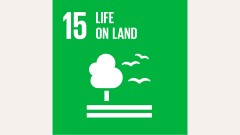
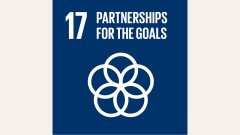
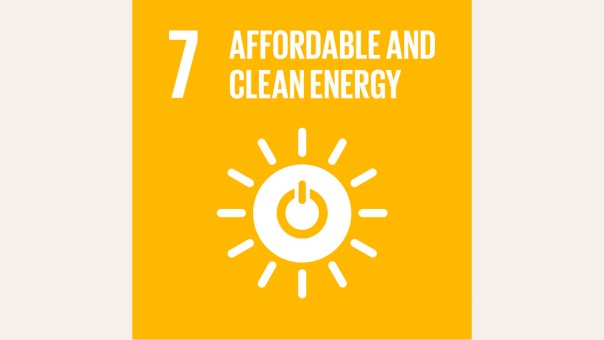
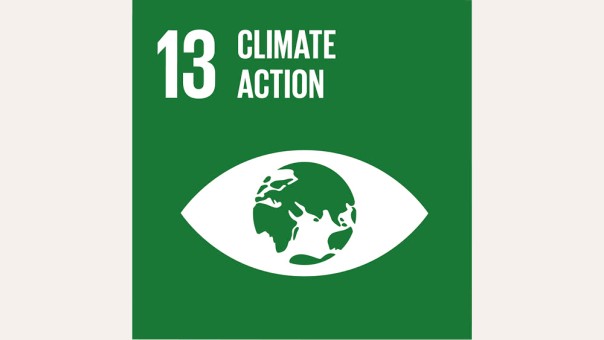
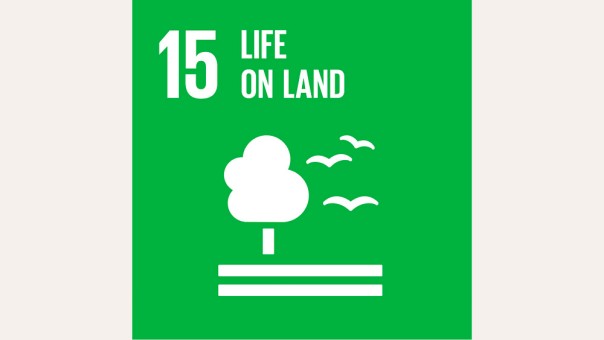
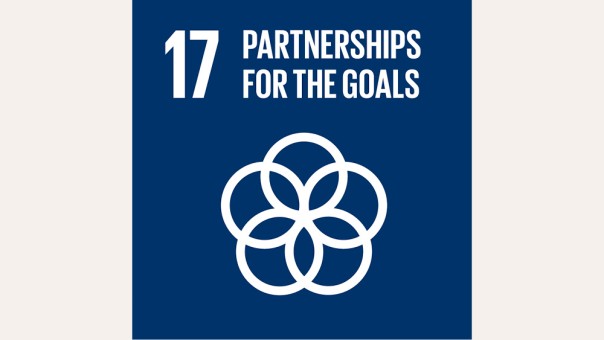
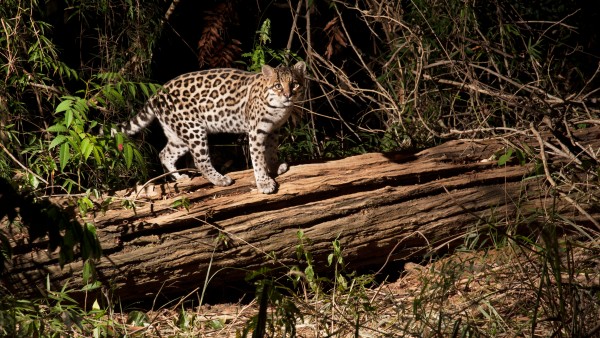
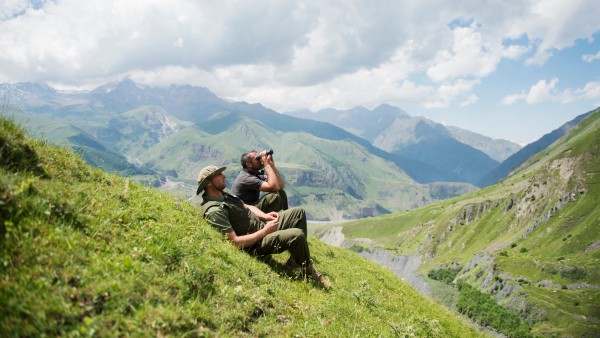
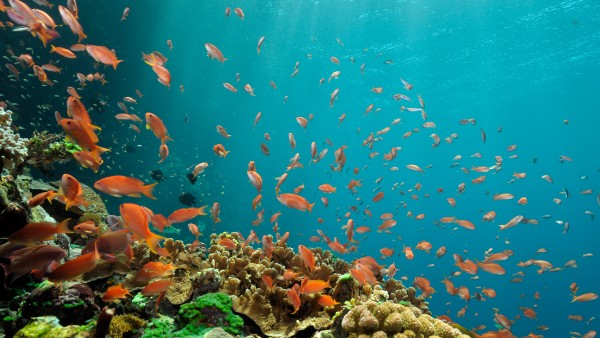
Data protection principles
If you click on one of the following icons, your data will be sent to the corresponding social network.
Privacy information